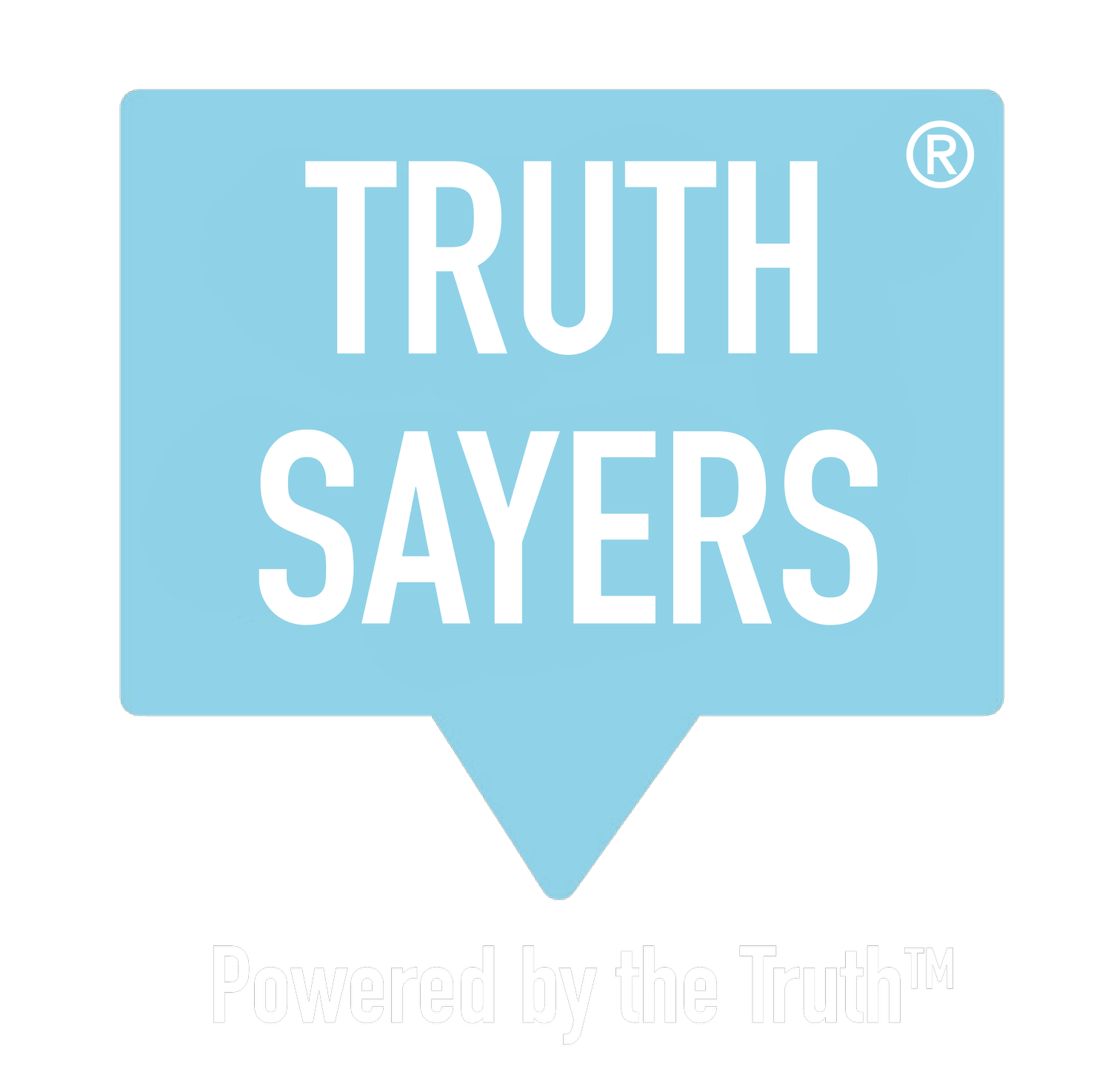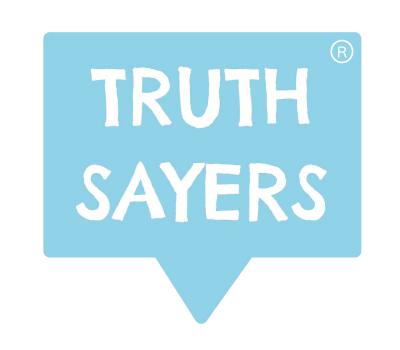Getting a true measure of how people really feel
TRUTHSAYERS® NEUROCAST™
“When we see shocking statistics like this we realise just how vital it is to enable our people to have a voice - and for us to really listen.”
The second of four parts in this conversation. Host Simon Stapleton chats with Perry Timms, Founder & Chief Energy Officer, PTHR about the importance of being able to accurately measure attitudes and how these will shift and change with time – and at different levels within a workforce.
TRANSCRIPT
Simon Stapleton:
From a change perspective, it's clear that organisations still need support to help them through the change, mostly because there's just a whole backlog of stuff to deal with and sort of resetting up their organisation. But it's having the clarity of what, what the future looks like, and having a vision for it, I think, is still going to be tough for a lot of organisations, you know, let alone all the execution of it. But it's having the clarity. And I think real change, particularly agile change, starts with that level of clarity. As we saw when we did our State of Agile Culture Research last year. And so getting that clarity, not just of what, what they want to be as organisation almost like blue sky stuff, but what their people - and this what you're saying - what their people what their talent also wants as well, he's really helpful in getting to the bottom of the preferences and the work patterns of pretty much their greatest asset - the workforce - is going to be key to getting that happy medium. I mean, I think one change that happened over the last couple of years, it was happening anyway, but what COVID is accelerated it is around employees are now feeling it's not a privilege to work with an employer. You know, it's a two way street.
Perry Timms:
Yeah, yeah - an exchange.
SS:
Exactly. I exchange my time for something from you - benefits, pay and all that. And so I think the parity is emerging through this, (you know, and I don't know if you -) I saw some research this morning, that 81% of unhappy employees have faked happiness in the workplace. Right? That for me is a huge mental health time bomb, waiting to go off. I think what's going to happen is all that's going to come to a head at some point, you know, plus all the isolation and things like that in lockdown. If we thought it's bad in some ways, I think it's going to be worse for a little while longer as all that emerges. That's where we come in with our Neurotech platform is actually, we would be able to measure where employees are not feeling happy, you know, and faking it, and enable the leaders and the employees - the workforce - to actually communicate in that safe and secure way without being exposed, without (being, you know, set in) having your individual name attached to a gripe or something - you don't want to be singled out. So, you know, we really believe that having an open platform to make all this exchange work, and for it to be fair, and equitable, is absolutely the future. And I think it's the right time for our technology in the market at this time.
PT:
Yeah I like that a lot for a number of reasons, in so far as actually, at the moment trying to get to the heart of the truth, as in the truth about perhaps a process or a model or even like in the example I gave you, a scenario for working in or out the office, that truth is difficult other than to declare, because you haven't experienced this, you can't tell whether you really love it, or it pans out, you can only talk about your reaction to it. And so this is where the truth bit comes in. It's not about IT, it's how do you react to it? So that would be such valuable data. Because people are going, "They haven't even done it yet, but look at their reaction. They don't believe it. They don't feel it." And there's something symbolic about that, that either requires more dialogue, more clarity, a stronger vision, more participation. I don't know what it might be. Do you find yourself doing like before and after snapshots, sometimes on similar messaging, but put in different ways have you done that?
SS:
Very much so I mean, we'd call that change audience analytics, where you've got basically a group of people, where you starting them off before a change or some event, and then afterwards you look at how the sentiment has changed within that that group of people, you know, actually nothing might have necessarily physically changed in systems and processes but the attitude's changed, and therefore the organisation is probably much more equipped for this, from an attitudinal perspective to take on what's about to land, you know, in other areas of change in the business. It's the invisible shift, which actually makes the difference, not necessarily how it manifests.
Find out more about PTHR
Find out more about partnering with Truthsayers

